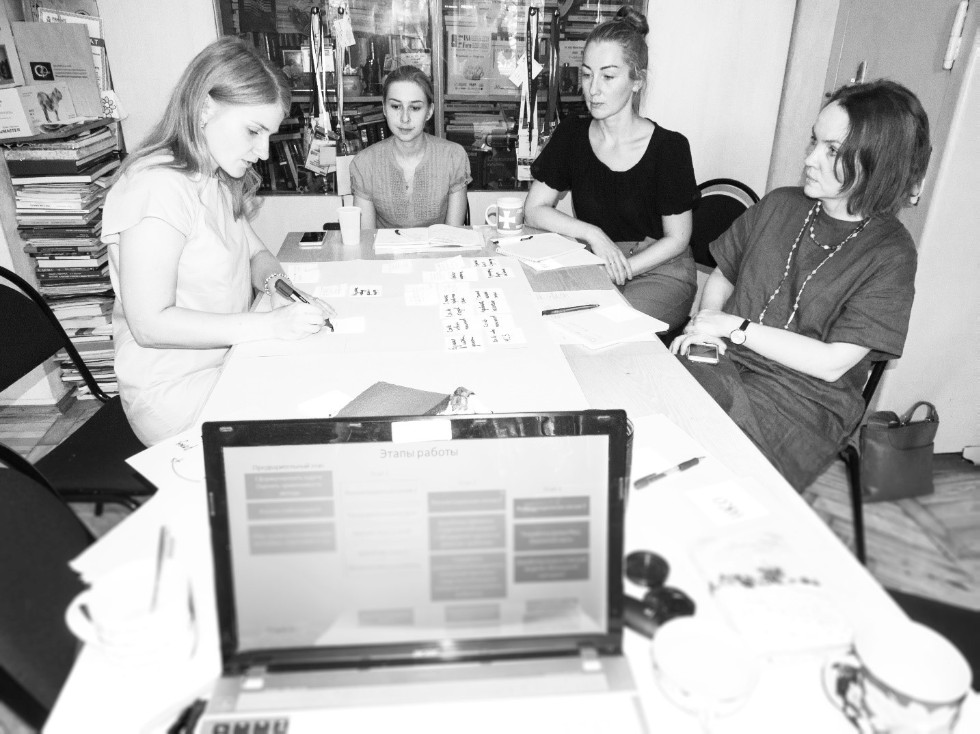Participatory modeling as a way of involving stakeholders in the formation of social policy: a point of view within the process
In August, the laboratory's research group took part in the workshop on the topic of the participatory modeling method, a relatively new method in Russia for involving stakeholders in analyzing problems and developing joint solutions.
Elena Bakhanova has conducted an author's training. She is one of the few specialists in the field of the participatory modeling in Russia, having a foreign education and practical experience of participating in such kind of projects in Portugal, the Netherlands and Russia. Currently she is working for the Skolkovo Institute of Science and Technology.
Participatory modeling, obviously, might be attributed to the scientific methods of perceiving the reality. Although not only scientists, but also people who are not the experts in this field, but involved directly or indirectly in the considered situations and problems, take part in problem analysis and creating the solutions.

Participatory modeling is based on the principles of system dynamics, which takes into account the cause-effect relationships between the elements of the system, and special attention is paid to the feedback between them. The use of computer modeling allows making predictions and recommendations regarding the solution of problems arising at the junction of the ecological, social and economic spheres. Since the end of the 20th century, such problems have been referred to the field of "post-normal" science (post-normal science) dealing with situations of uncertainty, in which problems are dynamic, or, put it simply, change over time. In such situations, decisions must be made very quickly, and errors are very expensive. At the same time, as a rule, the interests of a whole range of stakeholders are affected and, as a consequence, there are several different, but equally important views on the problem.
As the examples of problems studied and solved using the participatory modeling method are the risks of global climate change, urban planning, waste management, strategic planning for the development of companies, and so on. As a rule, they are all studied at the intersection of economics, sociology and environmental sciences, and in-depth preliminary analysis, resources estimation and considering the views of stakeholders are required. Overall, this method is a practical solution of problems in the field of sustainable development. This technique is aimed at developing the skills of system thinking, that is, the vision of the whole, the interrelationships between parts of this whole and the changes that occur to them in particular time.
After listening to the theoretical part, we were able to immerse ourselves in the method through a role-playing game - assuming ourselves in the roles of various stakeholders (representatives of the public, business, non-profit organizations and authorities) and trying to identify the main pain points of the waste management system in Moscow.
Authors: Polina Ermolaeva, Olga Basheva, Yulia Ermolaeva
Photo credit: Yulia Ermolaeva